While prognosticators try to gauge when the Federal Reserve will lower interest rates this year, thereby making M&A more affordable and increasing dealflow, what became clear at the last Monetary Policy Meeting is that prognosticators must continue to prognosticate. Despite the European Central Bank, the Bank of Canada, and regulators in Mexico, Brazil, Sweden and Switzerland recently cutting interest rates, the Fed declined at its last Monetary Policy Committee meeting.
The Fed will leave interest rates unchanged from a 23-year high established in July 2023 at 5.25% to 5.5%. Fed chair Jerome Powell said that, although the economy is improving, inflation is still too high at 2.7%. Regulators tend to wait for inflation to drop to roughly 2% before cutting interest rates, and other countries are ahead of the U.S. in lowering inflation.
The Fed, originally targeted to reduce interest rates a half dozen or so times in 2024 – increasing hopes for an M&A recovery after a couple of difficult years – indicated one rate cut might be possible this year at the last meeting, down from recent estimates of two cuts. Pundits had already predicted cuts no sooner than September or December.
We will likely not see an immediate increase in M&A due to cheaper debt, though dealmakers have, since the Fed began raising interest rates to counter inflation in 2022, acclimated to a new normal and even discovered causes for optimism.
Views about whether M&A is up, down or about the same as last year are mixed. But buyers that finance deals with debt have found ways to mitigate its higher cost. And sellers have employed creative techniques to realize value.
Among the ways dealmakers have responded to the high cost of debt has been to revamp their businesses. Buyers and sellers have focused on performance metrics. They’ve streamlined. They’ve deepened relationships with their customers and workforces. They’ve improved productivity and updated their business models, making a transaction that much more likely to satisfy both parties at valuations they can agree upon.
Dealmakers are more apt to utilize alternate financing structures like deferred payments, payments made after the close of a deal; and similarly, earn-outs, payments based on the target achieving milestones after the close of a deal; and post-closing adjustments, payments based on fluctuating assets and liabilities of the target after the close of a deal.
Buyers have honed their M&A strategies. They’ve spent longer in preparation for deals and deepened their interest in data and the technologies that support analysis, like artificial intelligence and digitization. They’re more selective. They’ve more deeply considered long-term goals and opportunities for synergies.
And large buyers are more inclined to finance deals with stock, cash or both to avoid the extra costs associated with debt.
In Bain & Co.’s June 5 article, The 10 Steps to Successful M&A Integration, it advised buyers to start planning integration during due diligence; to keep integration, synergies, value and priorities at the heart of deals; to use AI and software to optimize integration; to prepare for multiple closing scenarios; to resolve power struggles early; to bridge “cultural fault lines;” and when investing, to build a repeatable model.

